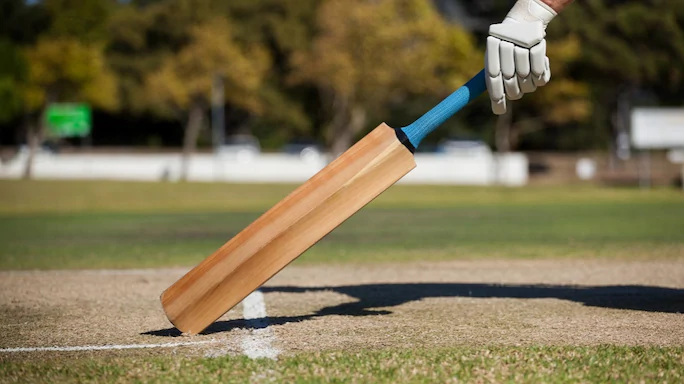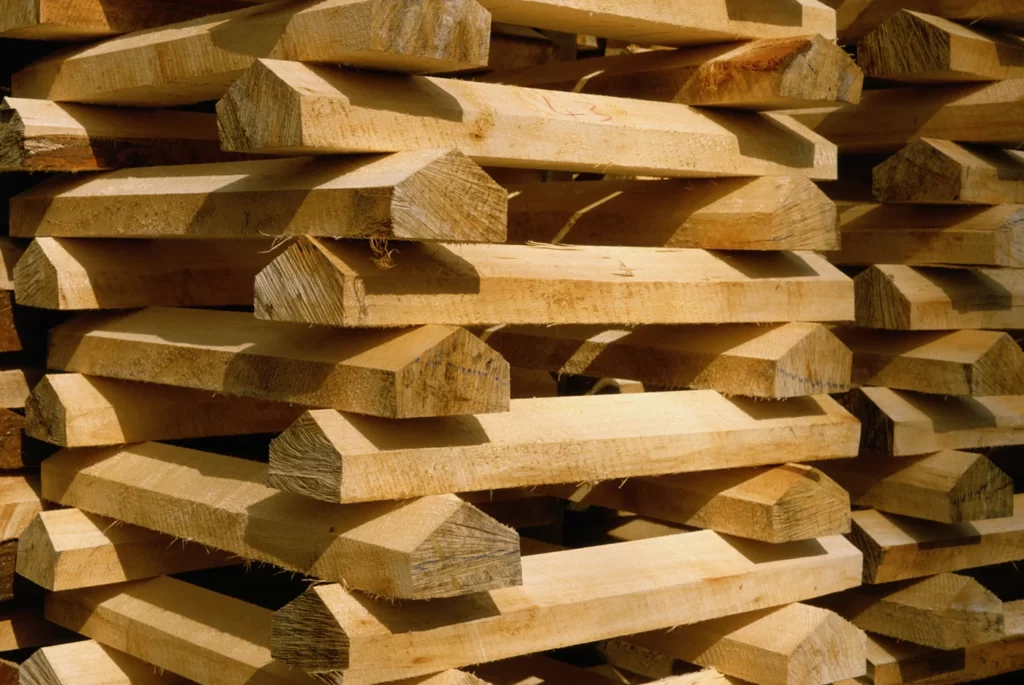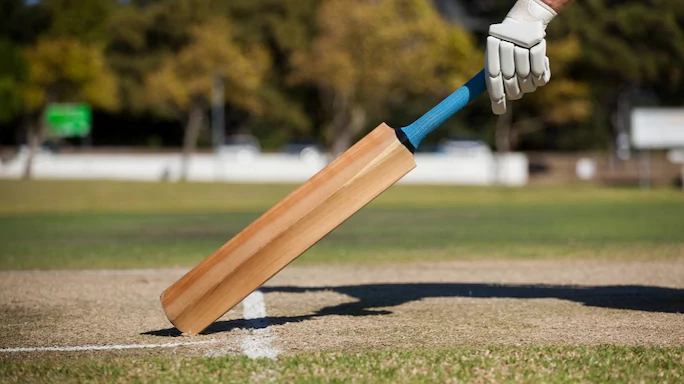What are Cricket Bats?

Cricket Bats are fundamental to the game of cricket. During the production process our bat makers will evaluate every cleft of wood to determine what model we should produce from it. You can be sure that the quality of the bat you get from UST is the best you can get from that particular quality of willow.
In conclusion, the most important factor when choosing your bat is to ensure that it is the one that feels right for you. In order to maximise your performance it is important to consider what you want from your bat and how you play the game – the game is all about ‘timing’!!
Read on to learn exactly what goes into making a perfect bat.
- Materials & Manufacturing
- Design Features
- Sizing
- Purchase Decisions
- Preparation and Maintenance
- Bat Damage
Materials & Manufacturing
Materials
Cricket bats are carved from willow, which is a naturally fibrous wood. Each cricket bat manufacturer will seek to select the best woods for their products to ensure high standards and overall product quality. The two types of willow used for bat making are English Willow and Kashmir [Indian] Willow.
- English Willow: This is a soft, fibrous timber. This type of willow is the preferred choice for the majority of bat manufacturers due to its high performance effect when striking the ball.
- Kashmir Willow: Kashmir willow comes from India. This is largely utilised by cricket bat manufacturers as a substitute for English Willow. The Kashmir willow is regarded as a harder wood and in comparison to English willow does not have the same performance effect i.e. a player will not experience the same “sweet spot” when striking the ball. Kashmir willow will only be used for lower range and priced cricket bats. It is unlikely that a regular adult player, playing at a reasonable standard would choose to use a Kashmir willow cricket bat.
- Carbon Fibre: Some cricket bat manufacturers insert additional carbon fibre into the handle of the cricket bat to make the bat feel lighter in the hands. The insertion of carbon fibre also allows more power to be generated in shots and increases the shock absorption in the handle from high impact balls.
- Titanium – Due to recent technological advancements and innovations, this material is can be inserted into the handle of cricket bats to add reinforcement and provide more power in the hitting zone.
Regardless of type however, willow will become damaged and prone to breakages over time. The cricket bat can become scarred, bruised and dented due to the nature of the game and the frequent high intense impacts of the ball hitting the cricket bat.

Manufacturing – How are Cricket Bats Made?
- Time – The process of making a cricket bat takes a relatively long period of time compared to many other sporting products. Before any manufacturing can take place, trees have to be specially planted in selected areas of the UK [or India in the case of Kashmir willow]. 15-30 years after plantation, the trees are chopped down with two more planted thereafter.
- Clefts – The trees are then chopped into logs and are then split into wedges called clefts. Each bat manufacturer then carefully selects the clefts they want before waxing the clefts at each end to prevent the loss of any water moisture and splitting. The clefts are then placed in drying rooms. After 6 months the clefts are removed from the drying rooms as they will have reached the required moisture levels.
- Water boarding: The clefts are soaked in water overnight to make it softer for it to be ready for shaping into bat.
- Cutting – The clefts are then cut into the basic shape of a cricket bat with the correct width and length. At this point in the manufacturing process, the handle and toe ends of the bat are established, with the blade selected from the best end of the willow to ensure a quality cricket bat and better performance.
- Pressing – After machining and grading, the willow is pressed. This strengthens the willow so it can withstand the impact of a cricket ball. The pressing stage of the process has to be done very carefully, to avoid the cricket bat from being compressed too much.
- Fitting the handle – The next stage is to fit the handle to the cricket bat. The handle is usually constructed of cane and rubber strips, but with recent technological innovations and advancements, titanium is sometimes utilised. The handle is constructed of such materials to add reinforcements and provide more power in the hitting zone.
- Shaping – When the handle has been fitted, the cricket bat is nearly complete. The bat’s craftsman then places the bat into a vice and shapes the blade using a draw knife with the majority of wood left in the middle of the cricket bat. Some cricket bats are crafted with lower or higher middles depending on the player’s batting style and the types of pitches they play on. The craftsmen will shape the blade to enhance the pick-up and weight of the cricket bat and to ensure a good overall balance to the bat. The shoulders of the bat are shaped and blended to give the correct shape and structure to the bat.
- Final touches – The cricket bat is then sanded twice, with the shoulders shaped again and blended into the handle of the bat. The cricket bat is then polished. This increases the overall presentation of the cricket bat. Once rubber grips and the manufacturer’s logo are added the cricket bat is now complete and ready to be sold.
- Bleaching-UST traditionally doesn’t bleach its wood and as far as possible keeps it in the natural colour. There are certain manufacturers who bleach the willow to hide defects in the wood.
Bear in mind that at this stage the cricket bat isn’t entirely finished as you will have to do some preparation to your bat prior to using it, even where stickers state the bat is pre-prepared.
During the life span of a cricket, all bats will crack given that a natural piece of wood is struck repeatedly by a fast moving object. It may be worth considering to either use fibreglass tape on the edges of the bat or an ‘Armour Tec’ facing which is quality anti scuff sheet with cricket fibreglass tape down both sides to help protect the face and edges of a cricket bat.

